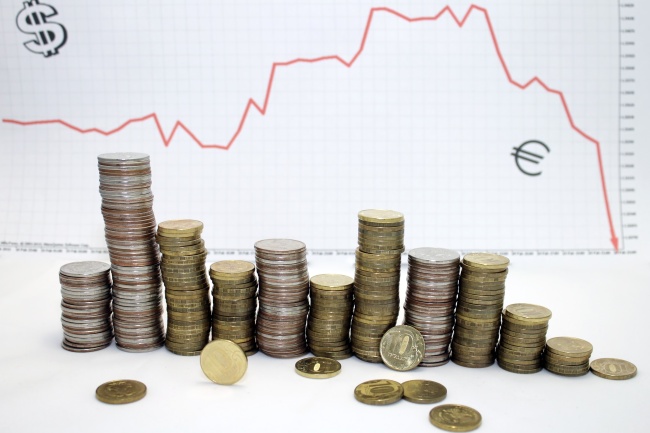South Korea’s foreign exchange reserves fell in October from a month earlier, as the value of non-dollar currencies fell, the Bank of Korea’s data showed Thursday.
The foreign exchange reserves decreased to $375.17 billion in October from $377.77 billion in September, the first decline in four months since a $1 billion decline in June at $369.89 billion.
The foreign exchange reserves decreased to $375.17 billion in October from $377.77 billion in September, the first decline in four months since a $1 billion decline in June at $369.89 billion.

Foreign reserves are comprised of securities and deposits denominated in overseas currencies, as well as International Monetary Fund reserve positions, special drawing rights and gold bars.
In October, the euro fell 2.2 percent against the greenback, and the pound was down 6 percent.
Out of the $2.6 billion drop in October, holdings in deposits denominated in overseas currencies were down $2.1 billion. Securities holdings fell $400 million, while holdings in gold bars remained unchanged, BOK data showed.
The central bank said Korea is the seventh largest holder of foreign reserves in the world as of the end of September, citing IMF data. China is the largest holder with $3.16 trillion, followed by Japan with $1.26 trillion.
Credit ratings agency Moody’s had said in a recent report that Korea’s ample foreign exchange reserves had significantly reduced external vulnerability risk in recent years.
“We estimate Korea’s external vulnerability indicator for 2016 to be around 46 percent, a material improvement from 2009 when it stood at 90 percent,” the report said.
The external vulnerability indicator refers to the ratio between residual maturity short-term debt falling due in 2016 and the level of official foreign reserves at the end of 2015.
By Kim Yoon-mi (yoonmi@heraldcorp.com)
-
Articles by Korea Herald



















![[Today’s K-pop] Treasure to publish magazine for debut anniversary](http://res.heraldm.com/phpwas/restmb_idxmake.php?idx=642&simg=/content/image/2024/07/26/20240726050551_0.jpg&u=)